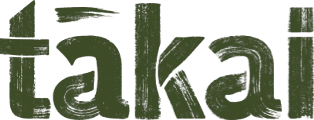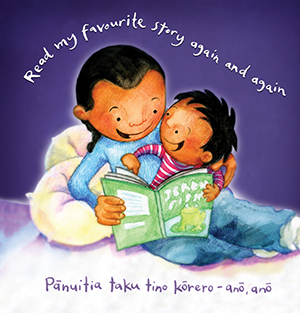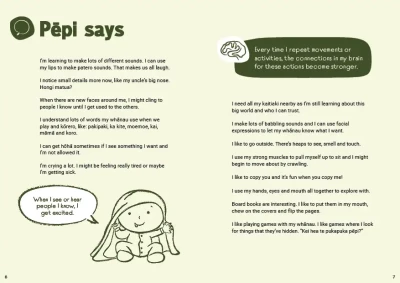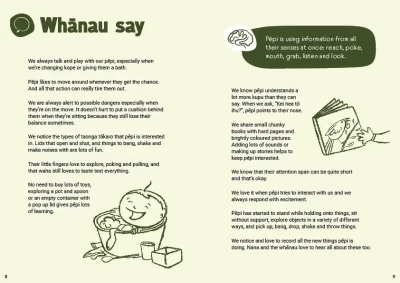
Book sharing with babies
Reading to babies supports their development and builds their relationships with whānau. Let baby explore books using all their senses and enjoy the time together.
The most important thing about sharing books with babies is enjoying time together with stories and language, rather than learning to read. However, it is also a good way to get them interested in books.
Why read to baby?
Making book sharing a ritual is another way to build attachment relationships in a warm, interactive and connected way. This really helps baby because they:
- feel secure as they snuggle up with a trusted whānau member
- focus on something interesting together
- listen to language and hear it repeated
- see and hear that books are fun, through the enthusiasm in the whānau member’s voice.
Book sharing provides a rich, multi-sensory learning experience for baby. A baby uses all their senses to explore books. They’ll look and listen, and use their hands and mouths to find out about books. Doing this makes book sharing a fun experience for baby.
The repetition that books provide is perfect for supporting baby’s developing brain. When books are repeated regularly, baby learns about books in general and how they work: what’s the top, bottom, front and back, they’re read left to right and have pages that turn.
Parents may notice baby has a favourite book or favourite pages in a book. Encourage this urge to repeat because it helps them get to know what’s coming next — they learn to anticipate, which helps them to participate.
How to read to baby
A baby will examine a book in a similar way to exploring any toy – they’ll look at it, shake it, bang it and put it in their mouth. This is okay. The idea is for baby to think playing with a book is fun.
In the Whakatipu booklet Te Pihinga 2 (page 7), pēpi says, 'board books are interesting. I like to put them in my mouth, chew on the covers and flip the pages.'
On page 9, whānau say, 'we share small chunky books with hard pages and brightly coloured pictures. Adding lots of sounds or making up stories helps to keep pēpi interested.'
Parents can read anything with their baby: magazines, junk mail, the bus timetable, a recipe, or the newspaper. Because baby will want to use their mouth to explore books, it's worth saving precious family books or those with paper pages until pēpi is older.
Encourage book sharing as a time to enjoy being close and comfortable, and not always a question and answer session.
Helping baby get more out of books
Whānau can help babies to focus on the books by:
- tapping the page to draw their attention to it
- naming the pictures they see baby looking at
- making sounds or noises that might go with the pictures
- introducing prompts like ‘Turn the page’ (as they do it)
- monitoring when baby has had enough and trying again later.
Try an activity
Family photo book
Pēpi quickly learns who’s familiar, taking cues by watching the reactions of whānau. Put together a book of familiar faces to read together with pēpi.
Best books for baby
Babies really enjoy books that:
- are made from chunky cardboard, plastic or fabric
- have simple, bold pictures or photos
- are about animals and things that move and make noises
- have buttons to push or flaps to lift
- have different textures
- have rhyming words, repeating phrases or ‘action’ words that the child can copy
- stories about places and things that children this age relate to
- limited words — in fact, wordless books can encourage whānau to create or personalise a story.
Getting access to books
If there aren’t many books in the whānau home, talk with them about increasing opportunities for their child to enjoy books. Share some of the following ideas if they haven’t come up in the conversation.
Photo albums
These are a great ‘reading’ resource for parents to share with their child – they’ll be more interested in photos of familiar people. Discussing a photo with the child can be extended in many directions:
- use descriptive words
- recall past experiences the child had with the person or place
- make up new stories, prompted by the photos.
Join the local library
- Where is the closest one? Do whānau have a library card?
At the next visit, bring an enrolment form for the child. Offer to go with whānau to meet the librarians and find out what the library offers.
Make books
- What would the whānau need to make some books at home?
- Are there things in the recycling they could use?
- What could you bring along to help create an interactive or texture book?
Second-hand books
Where’s the nearest second-hand shop, book exchange or market day?














